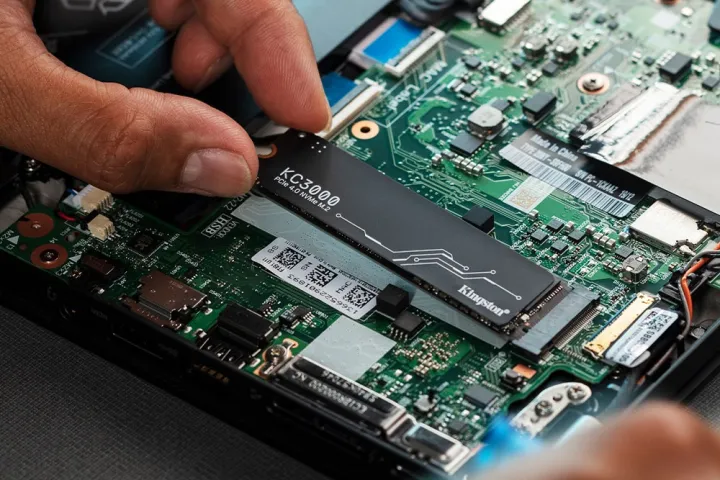
Solid-state drives(SSDs)have revolutionized the storage medium landscape for modern devices such as desktop PCs,laptops,gaming consoles,tablets,and portable gaming systems.Offering superior bandwidth,lower latency,reduced power consumption,and greater physical durability compared to traditional hard drives(HDDs),SSDs have become increasingly popular.They are also smaller,lighter,and more affordable than ever before.
Understanding SSD Technology
Unlike traditional HDDs,which rely on spinning disk platters to read and write data,SSDs use flash memory chips similar to those found in smartphones,USB drives,and tablets.This fundamental difference means SSDs have no moving parts,allowing for instant data access and higher speeds.Users can quickly access their information without waiting for a disk to spin to the correct position.SSDs come in various shapes and sizes and are relatively easy to install in both desktops and laptops.
Advantages of SSDs
1.Speed:SSDs offer significantly faster read and write speeds than HDDs and even embedded flash memory(eMMC).Their random access times are in microseconds,enabling quick boot times,fast game loading,and an overall responsive system.
2.Feature Support:SSDs support modern storage technologies like the DirectStorage API,essential for some current games.Only the fastest SSDs can leverage these technologies.
3.No Moving Parts:The absence of moving parts makes SSDs more durable and reliable.Unlike HDDs,which are susceptible to damage from drops and wear,SSDs are robust and suitable for portable devices.
4.Mobility:SSDs are compact and lightweight,contributing to the development of ultra-thin laptops,tablets,and mobile devices.
5.Low Failure Rates:With ongoing material improvements and features like error-correcting code(ECC),SSDs have low malfunction rates and maintain their speed throughout their lifespan.
6.Size and Design:SSDs come in various shapes and sizes,fitting into graphics card slots,2.5-inch drive bays,and M.2 slots.Their versatility makes them suitable for numerous applications.
Types of SSDs
1.NVMe(Non-Volatile Memory Express):NVMe SSDs use PCI Express(PCIe)and M.2 interfaces for high-speed data transfer.PCIe 5.0 NVMe drives can reach read and write speeds of up to 14,000 MBps.
2.M.2:These SSDs are the smallest and use both SATA and NVMe controllers.They come in different lengths(2280,2260,2242,and 2230),fitting flush with the motherboard to save space.
3.PCIe:Typically used for graphics cards and add-in cards,PCIe slots can also accommodate SSDs,offering extremely fast data transfer rates.
4.SATA III:The final iteration of an older connection standard compatible with both HDD and SSD.Although slower(around 550 MBps)and requiring a SATA cable,it facilitated the transition from HDD to SSD on compatible motherboards.
SSDs have emerged as the primary storage solution across a wide range of devices due to their speed,reliability,and versatility.As technology continues to advance,SSDs become even more affordable,making them a viable option for everyday storage needs while phasing out traditional HDDs in most modern applications.